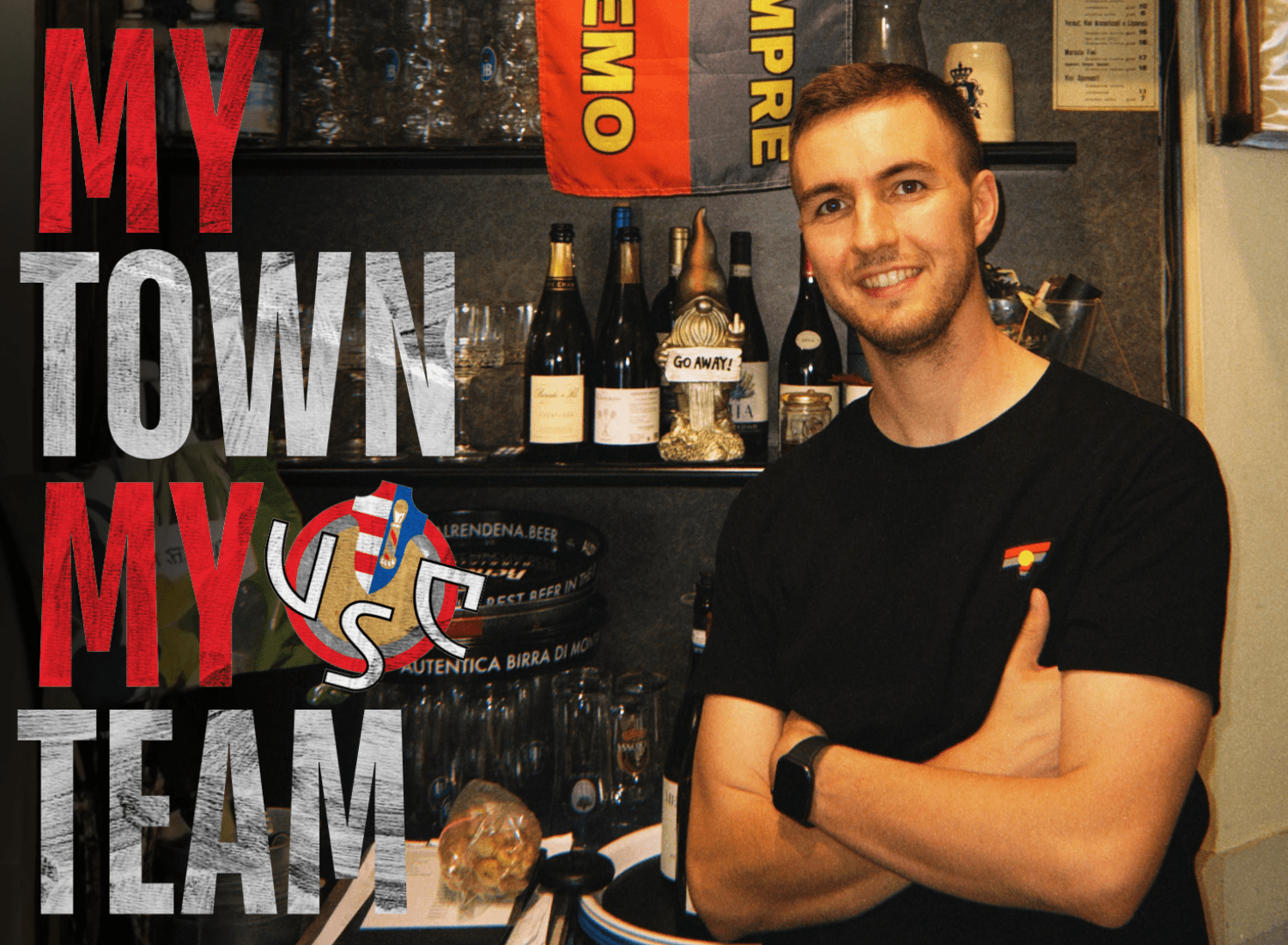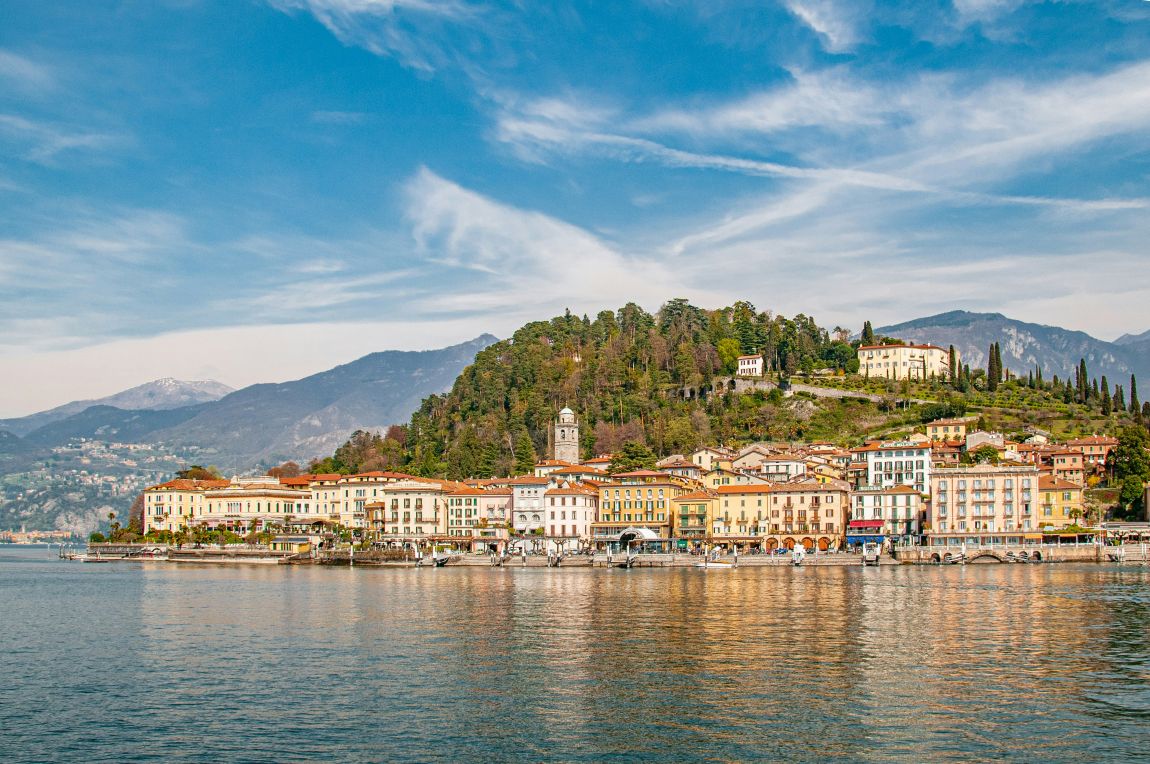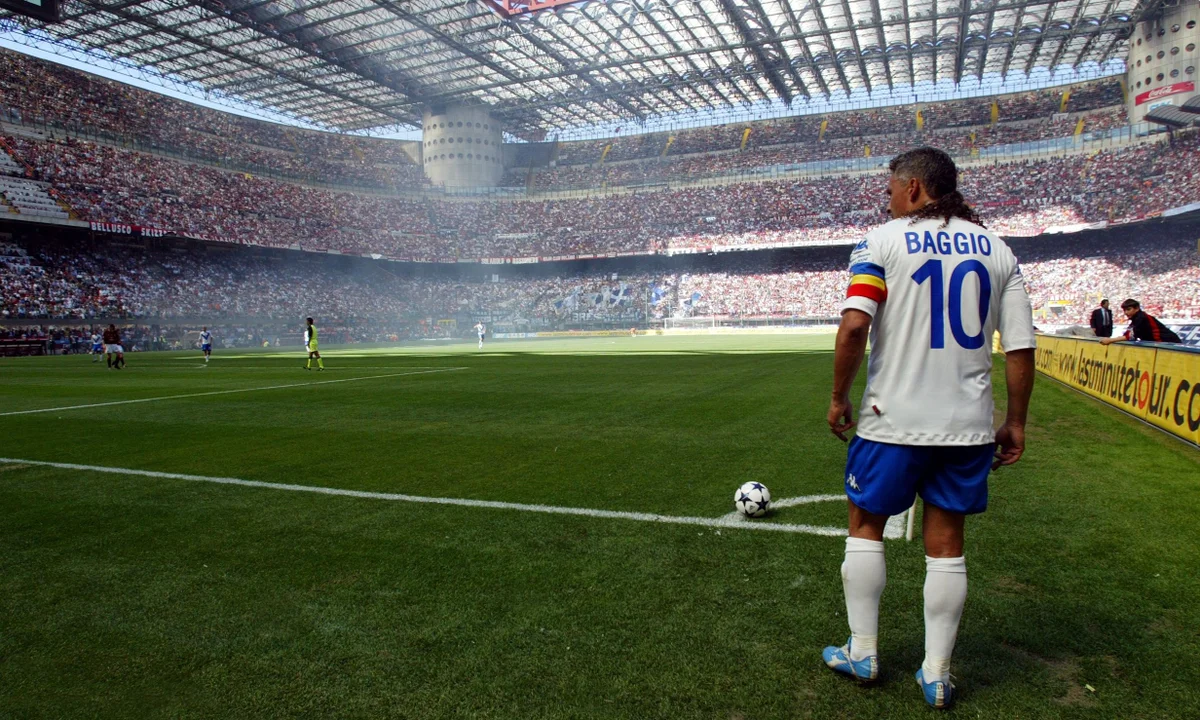
From Baggio to Kaka and the two Ronaldos… The Hits and Misses When Serie A Signed Ageing Superstars
By Emmet Gates
Napoli signed Kevin De Bruyne after the Belgian’s contract expired at Manchester City at the end of the season.
The 33-year-old penned a two-year deal with an option for a third, and as is Neapolitan tradition, was welcomed with open arms during his medical.
De Bruyne had alternatives available to him. He rejected offers from MLS and Saudi Arabia to stay in Europe, with the midfielder believing he still has plenty to offer at the highest level.
Serie A clubs have often dipped into the ‘old but gold’ category over the years. Some have been roaring successes, others less so.
Here, we examine some of the most high-profile transfers of players approaching the twilight of their career.
Kaka to Milan, 2013
They say you should never go back, and Kaka’s return to Milan in 2013 is a prime example.
The elegant Brazilian was well past his best by the time he returned to Milan after four forgettable years in Madrid.
In many ways player and club mirrored each other: trying to reclaim former glories by coming together once more in the hope of reversing the passage of time.
Yet it was not to be. Kaka was noticeably slower than the gliding force of nature he was during his peak years in Rossonero in the mid 2000s.
Still capable of the odd screamer, Kaka, who was only 31 at the time of his return, struggled.
He stayed a single season before leaving Milan a second time to try his luck in MLS with Orlando City
Rating: 4/10
Ronaldo to Milan, 2007
El Fenomeno was no longer the Fenomeno when he rocked up at the red-and-black half of Milan in the winter of 2007, carrying a bit of weight and with a lot of mileage in those battle-weary legs.
Discarded by Real Madrid and coach Fabio Capello for being a disruptive influence in the locker room, Ronaldo, then 30, was brought in to an ever-ageing Rossoneri locker room.
Yet Ronaldo, as he always did, scored goals. He netted a brace on his full debut, scored against old side Inter in the Derby della Madonnina and helped Milan up the Serie A table. He was cup-tied for their Champions League triumph.
Perhaps his greatest contribution to Milan is a story that Kaka and Carlo Ancelotti have told down the years.
As Kaka tells it, the Brazilian contingent at Milan congregated in the dressing room, laughing and telling jokes, to the annoyance of Ancelotti.
“He [Ancelotti] heard that we were laughing and joking and everything,” recalled a laughing Kaka. “And he asked Ronaldo, ‘Do you know which team we’re going to face tomorrow?’
“And Ronaldo said, ‘Yes, Siena’. And he asked Ronaldo, ‘Do you know who are their defenders?’
“Ronaldo said, ‘No, but I’m pretty sure that they know me’.”
Ronaldo scored twice. He claimed seven goals in 14 games in the second half of 2006-07, but a broken tibia ruled him out for the start of the following campaign.
He returned, briefly forming a potentially fruitful partnership with a precocious Alexandre Pato, scored his final goals in Europe against Napoli before suffering yet another horrendous knee injury against Livorno in early 2008.
It was a sad end to one of the greatest players the game has ever seen. He returned to Brazil upon the expiration of his Milan deal, signing for Corinthians.
Rating: 5/10
Luis Figo to Inter, 2005
Inter were going through a phase when they assembled what would have been the best XI in the world, had it been 2000 and not 2005.
The likes of Juan Sebastian Veron, Edgar Davids, Sinisa Mihajlovic and Kily Gonzalez had been signed over a span of two years, while Christian Vieri was still leading the line up front.
Figo was another arrival that came half a decade too late.
Then 33, he was years past his best as the world’s greatest right winger, but still had plenty to offer in terms of experience and leadership.
Signed on a free from Real Madrid, Figo scored six goals in his first season in Italy, and while he no longer had the pace of old, his brain and feet were still more than enough to bamboozle defenders.
Figo had joined Inter at the right time. In the aftermath of the Calciopoli scandal, Inter became the dominant club in Italy, and the Portuguese winger picked up four Scudetti and a Coppa Italia before retiring at the age of 37.
A decade after he was supposed to play in Serie A, Figo finally made it.
Rating: 6/10
Gabriel Batistuta to Roma, 2001
In the summer of 2000, Fabio Capello realised he needed a striker if Roma were to compete for the Scudetto, and he knew just the man for the job: Gabriel Batistuta.
Capello, along with sporting director Franco Baldini and the aid of an editor at Roman newspaper Il Corriere dello Sport, concocted a fairytale story of Roma going in for the majestic Argentine.
The plan was for the news to become so great Roma president Franco Sensi would give in and make an actual go for the striker. The plan worked, and Roma shattered their transfer record to sign the 31-year-old hitman.
It was the largest fee paid for a player over 30, and a record Roma would hold for a further 17 years. Batigol, some would argue, paid it all back in one season.
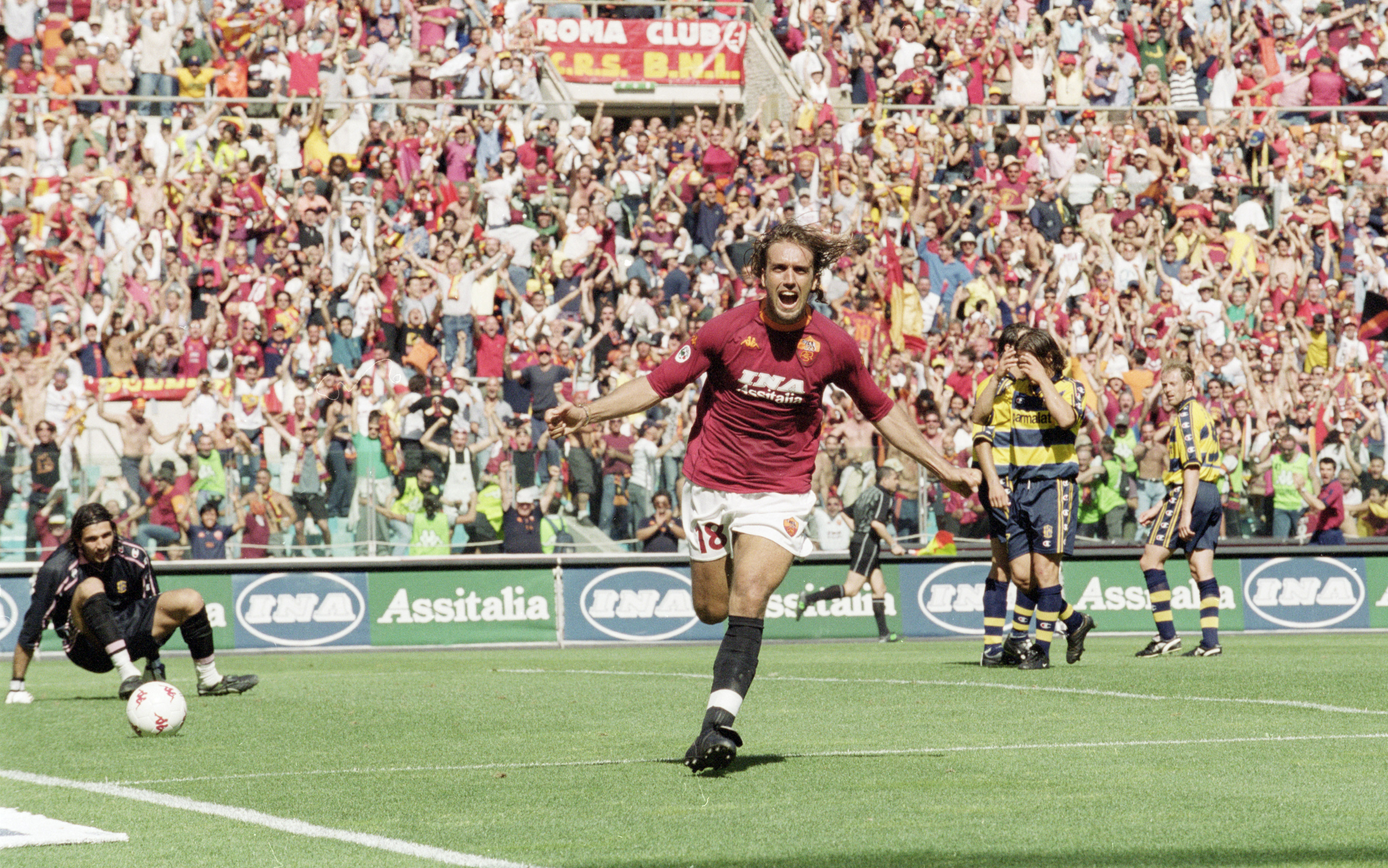
Twenty goals were plundered in the first season as Roma finally won the title for the third, and last, time. Moreover, Batistuta finally had the Scudetto he craved after nine years with Fiorentina and going close in 1999.
However, he declined brutally fast after 2000-01. He scored only six goals in the second season and was sent on loan to Inter.
Years of facing the world’s hardest defenders had taken its toll on his battered ankles. He left Serie A in the summer of 2003 at the age of 34, but with his legacy as one of the greatest strikers the country has ever seen secured.
Roma suffered long after he left. Sensi took out bank loans to make the signing and their financial turbulence in the middle of the 2000s stemmed from his arrival.
Was the one Scudetto worth it? To most Romans, the answer is absolutely yes.
Rating: 7/10
Cristiano Ronaldo to Juventus, 2018
While Milan’s deal for a Ronaldo in his 30s did not work out so well, Juventus fared a little better just over a decade later with their €100m move for the other one.
Cristiano Ronaldo had punished them one too many times in Europe for their liking, and so when whispers emerged that the Portuguese striker was unhappy at Madrid, they pounced.
Juve shattered their own transfer record to bring him to Serie A, and the move represents the last time the Italian top flight flexed any kind of serious financial muscle in the transfer market.
Whether Ronaldo was a success or not depends on how one looks at it. He was brought in to win Juve the Champions League, the one title that continues to elude them year after year, since they last lifted it in 1996.
Yet Ronaldo had joined Juve at the wrong time, the overall health of the squad was in decline and players were ageing.

That being said, Ronaldo did score goals – truckloads of them – and won two Scudetti.
He also moved the needle off the pitch, with Juve’s social channels seeing exponential growth following his arrival.
But he never came close to winning the one trophy he was signed for and arguably made Juve worse as a collective, with everything going through him at the expense of those around him.
Rating: 7.5/10
Cafu to Milan, 2003
‘Il Pendolino’ (The Express Train) remains one of football’s great nicknames, and it suits Marcos Cafu to the ground.
Cafu had been let go by Roma in the summer of 2003 after six years in the capital. Milan, fresh off of winning a sixth European crown, decided that the 33-year-old rampaging full-back still had plenty to offer.
Cafu’s buccaneering style added even more brilliance to a side that was swimming in it.
After winning the title with Roma in 2001, he won a second Scudetto with Milan in 2004 and finally won the Champions League in 2007 after being a part of the nightmare in Istanbul.
Cafu extended his top-flight career by another five years with Milan, and cemented his legacy as one of, if not the, greatest right-back in history.
Rating: 8/10
Roberto Mancini to Lazio, 1997
After 15 glorious years at Sampdoria, Roberto Mancini left his kingdom in Genoa at the age of 32 for pastures new, and followed Sven-Goran Eriksson to Rome.
Eriksson had managed Mancini for five years and recognised that the maverick talent could give him a major hand in changing the mentality at Lazio.
“He had very high standards and demanded it from everyone. He argued all the time with referees and with his team-mates,” Eriksson said about Mancini in 2021. “But what a talent, he could do everything on the pitch.”
Eriksson referred to Mancini as a ‘rompipalle’ (ball-breaker) due to his exacting standards.
Yet Eriksson needed that from him in order to instil the kind of attitude that wins trophies. His best days were behind him, but his leadership was invaluable.
Together in the capital, Eriksson and Mancini won the Scudetto in 2000 and two Coppa Italia titles, in addition to the 1999 Cup Winners’ Cup and the European Super Cup.
Mancini scored 15 goals in 87 league games for Lazio, not a lot by his high standards.

Yet the most iconic strike of his career came while wearing the blue of Lazio, his backheel against Parma from a Mihajlovic corner.
Mancini remains the most decorated player in the Italian game never to have played for any of the big three.
He retired with Lazio at the end of the 2000 campaign, bar a brief interlude with Leicester City in early 2001.
Rating: 8.5/10
Andrea Pirlo to Juventus, 2011
One of the greatest free signings in the modern history of the game. Pirlo leaving Milan to join Juve changed the course of Serie A in the 2010s, and set the tone for a near-decade of domestic dominance.
Pirlo had been at Milan for 10 years when the club told him he would be allowed to leave in the summer of 2011 after offering a token one-year extension. Then 32, he felt he deserved better.
Juve had been mostly rubbish in the post-Calciopoli years and had struggled to reassert themselves atop the Serie A mountain. Juve needed Pirlo as much as Pirlo needed Juve.
The end result was four years of blissful marriage.
His first season in Turin was arguably his finest. At times he played like a man possessed, a majestic conductor with a point to prove, creating chance after chance.
It was rather fitting that the first competitive goal scored in Juve’s new stadium was provided by Pirlo, who lofted an exquisite ball over the top of the Parma defence for the onrushing Stephan Lichtsteiner to bundle home.
Pirlo produced 14 assists by the end of the 2011-12 season as Juve won a first league title since 2003.
Many of his 19 goals in Bianconero came from free-kicks as he solidified his reputation as one of the 21st century’s best set-piece specialists.
By the time he left in 2015, he had won four league titles, one Coppa Italia and guided Juve back to a first Champions League final for 12 years. Moreover, he had changed the landscape of the Italian game.
“God exists,” was how Gigi Buffon described Pirlo joining Juve on a free.
And for four years he wasn’t far from playing like him.
Rating: 9.5/10
Roberto Baggio to Brescia, 2000
Arguably the gold standard when it comes to signing ageing superstars.
Baggio was 33 in the summer of 2000 and had been let go by Inter. Still keen to remain in Serie A with an eye on the 2002 World Cup, he needed to play regularly. But first, he needed a team.
After links to Reggina appeared in the newspaper, Carletto Mazzone picked up the phone and dialled Baggio’s number. After convincing him of a move to the Rondinelle, he now had to convince Brescia president Luigi Corioni to sign him.
Corioni was not enamoured with the idea until his wife, Annamaria Bottazzi, overheard the conversation. “You’ll sign Baggio immediately,” she said.
The deal was done by the end of the day.
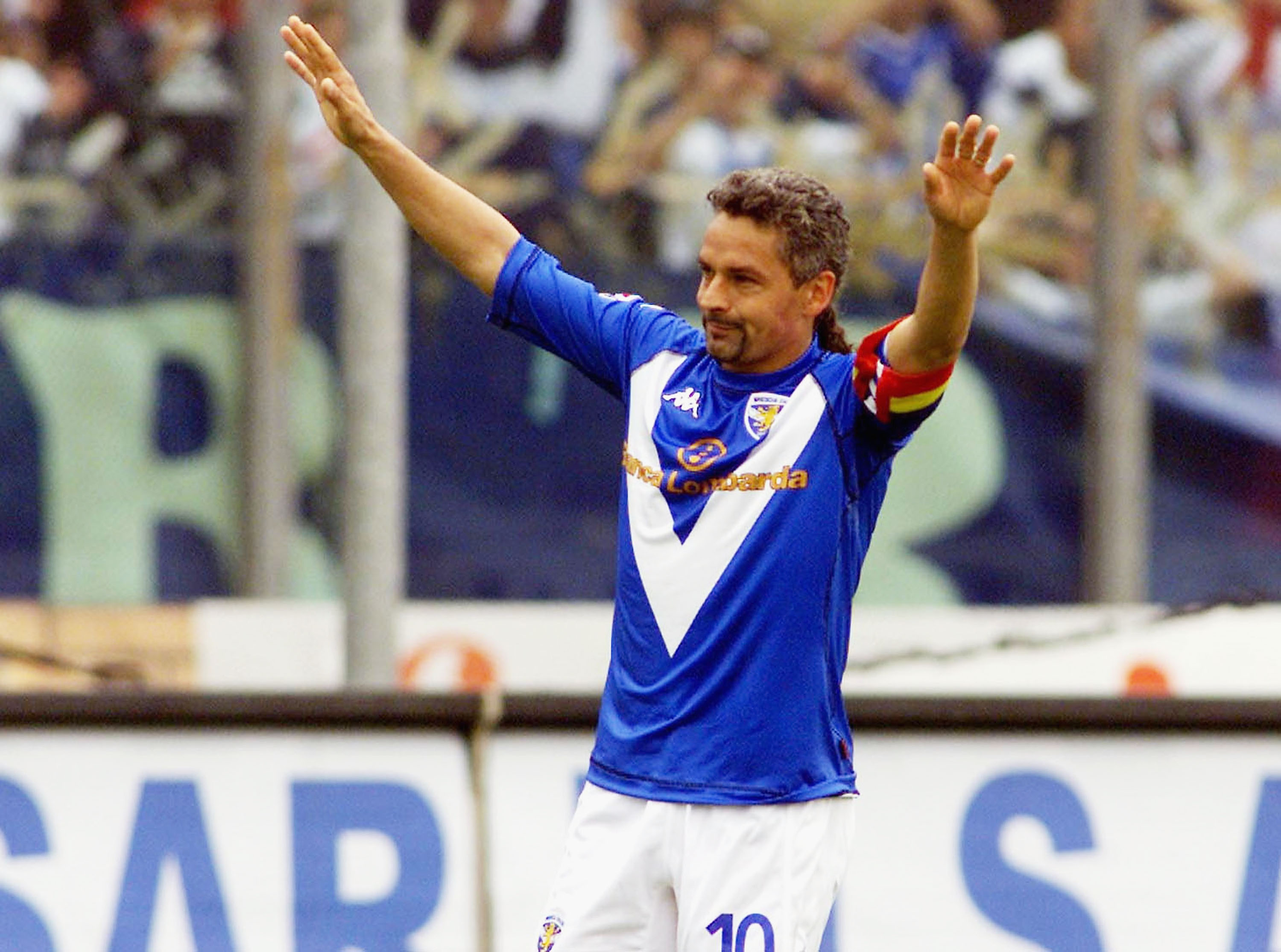
Baggio kept Brescia, who had won promotion from Serie B the season prior, afloat in Serie A for four consecutive years.
Season after season he produced goals of extraordinary genius, with his two-touch masterpiece against old side Juve in April 2001 arguably the finest strike of his career.
Players signed for Brescia just to play with him: Pep Guardiola, Luca Toni and others arrived over the years to say they got to play alongside the Divine Ponytail.
Baggio guided Brescia into the Intertoto Cup in 2001, when they narrowly lost to PSG in the final.
Brescia became everyone’s second team in Italy due to Baggio’s presence, and it was no surprise they suffered relegation back to Serie B the season after he retired.
Now, with the club sadly going out of business this summer, those Baggio-infused halcyon days take on even greater significance.
A time when Brescia was known all across the world, and when the Rigamonti was Baggio’s playground.
Rating: 10/10
Related Articles
Related Articles
We get a local take on what's hot in Cremona - where to eat and drink, sights to see and handy hints that might not be in the tourist guides.
The Artemio Franchi will always be the main reason calcio fans head to Florence but there is one other thing that must be on the to-do list.
After the final whistle is blown at Stadio Giuseppe Sinigaglia, there is no better place to unwind than Bellagio.


